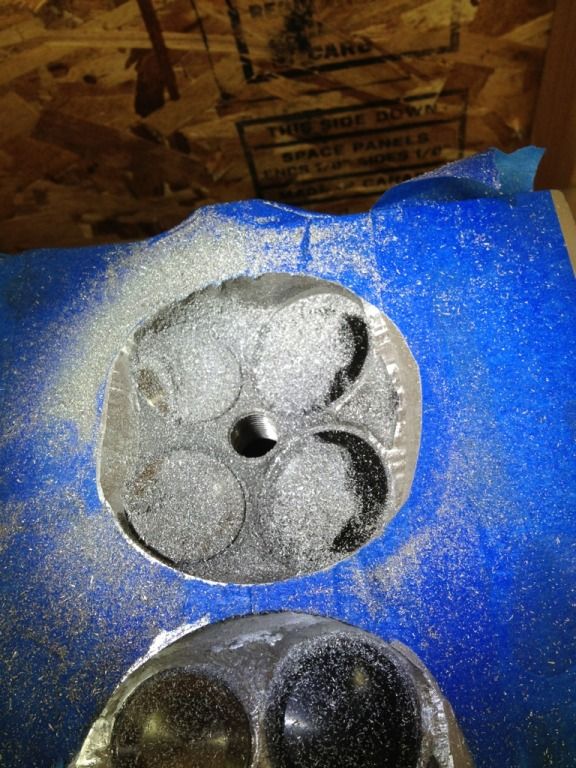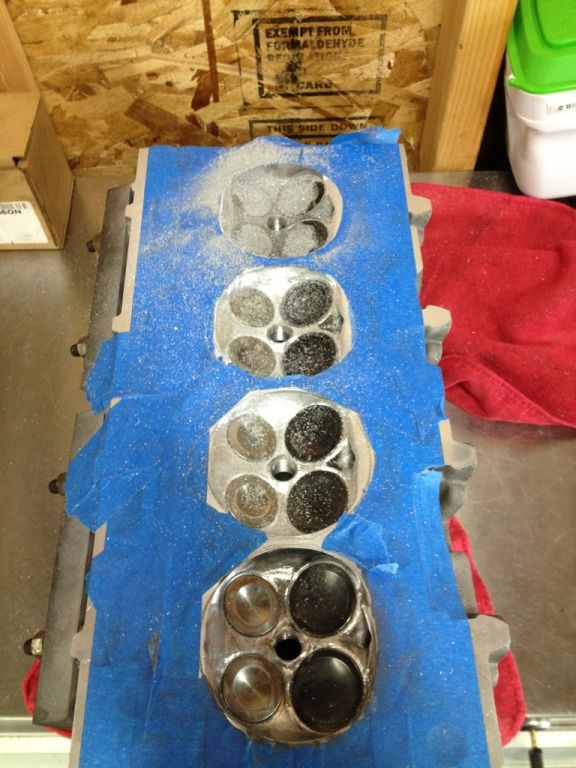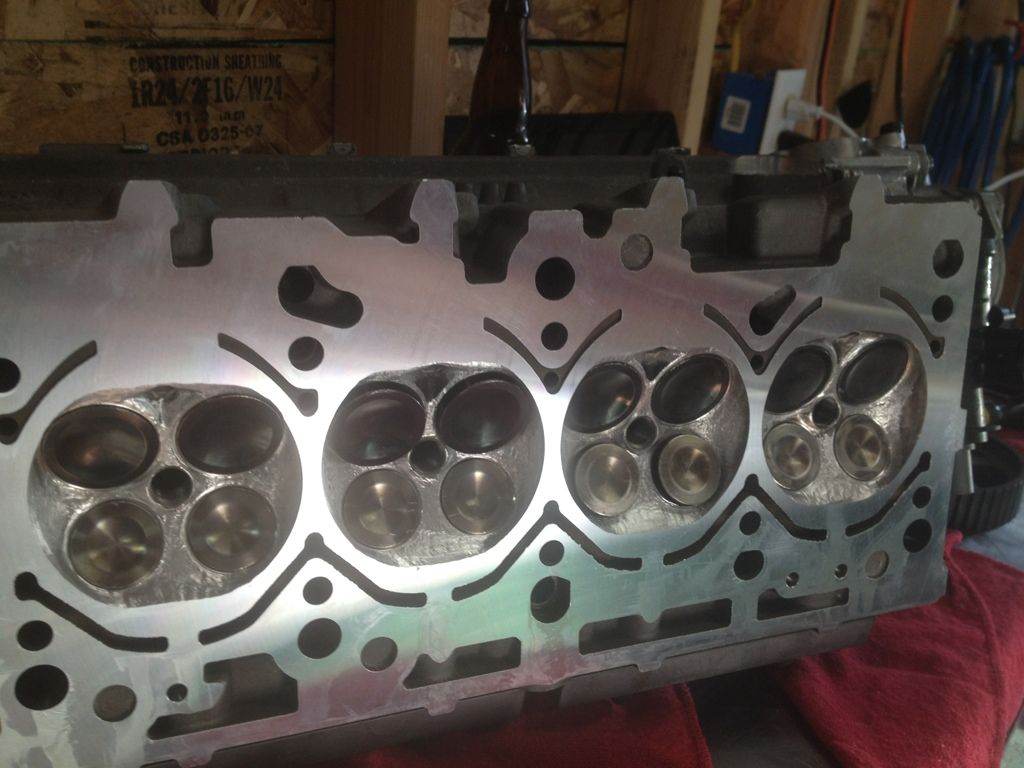Ah, good question. The runners help produce a flow shape that produces a better combustion process at low rpms or more accurately at low air flow rates. As for what the shape is; the flow at lower flow rates has a lower velocity, so the runners force the flow through a smaller cross section so that the velocity is increased. Then this faster flowing air is also redirected so that it only moves along the top of the combustion chamber in a direction from the intake to the exhaust valves. This hits the quench pad on the exhaust side, and is defected down into the cylinder, then against the upward moving piston on the compression stroke, then against the intake side of the cylinder wall, then against the intake side quench pad, and finally along the combustion chamber head again. This swirling turnado entrains the spray of fuel making an entrained plume that passes the spark plug zone off center. If the spray was directly at the spark plug, then it basically just soaks the plug gap and causes misfires, especially when the cylinder is still cold. This is why the RS4 injectors are also problematic, they mess with this flow pattern. The quench pads are squish zones that "squirt" air at the spark plug during the very last part of the compression stroke to aid this further. However, aftermarket pistons, and definitely pistons that have a larger dish to reduce static compression ratio, will not have the opposing face for the squish pads to work, so they are pretty useless and actually cause dead zones during the burn (which is why you will see extra carbon buildup on these zones with aftermarket pistons). So you can actually reshape the head to allow a better "tornado" flow pattern to form and also gain some extra volume to fill with pressurized fuel and air and make some massive power at similar dynamic compression ratios as a higher dynamic CR engine.
- Eric













 Reply With Quote
Reply With Quote
 EPY
EPY






Bookmarks